Himalayan Honeysuckle Plants: Tips For Growing Himalayan Honeysuckles
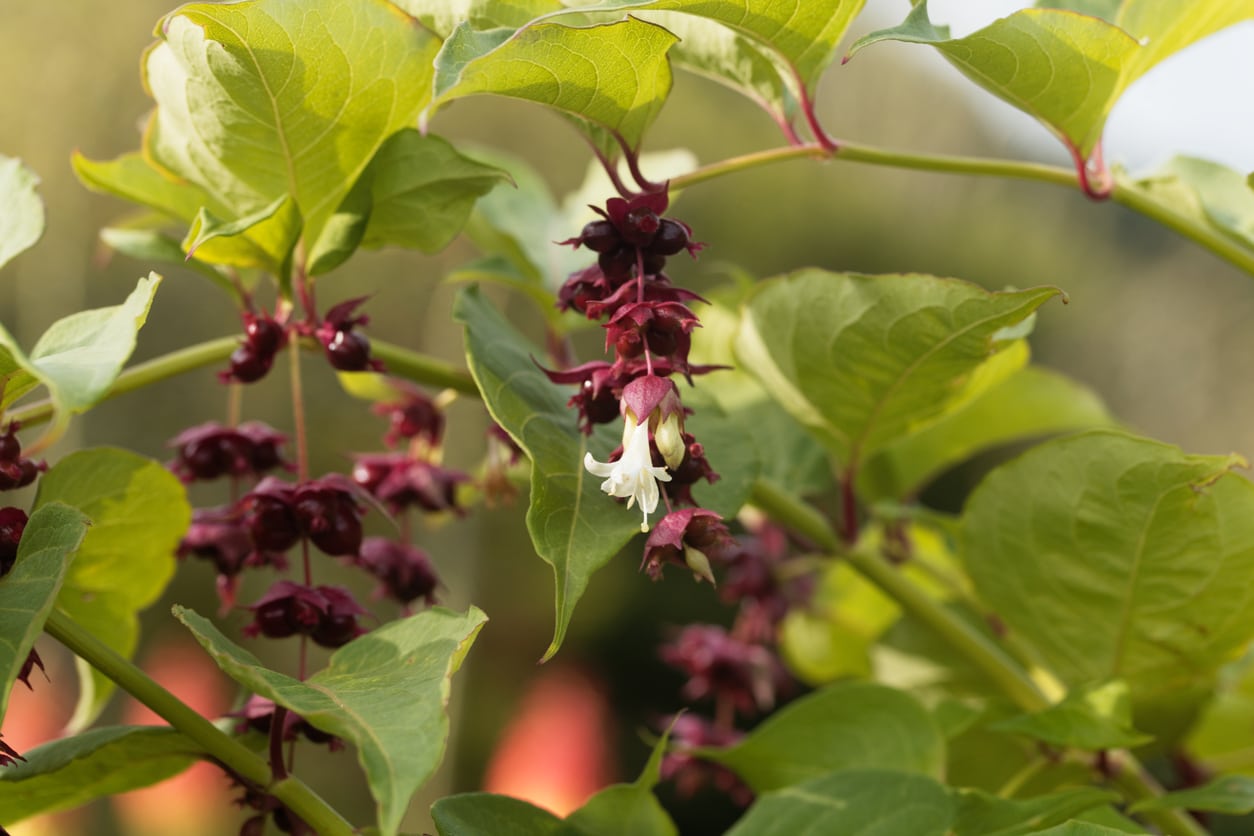

As the name would suggest, Himalayan honeysuckle (Leycesteria formosa) is native to Asia. Is Himalayan honeysuckle invasive in non-native regions? It has been reported as a noxious weed in New Zealand and Australia but doesn't pose a problem in most regions. You can control it easily, as with most exotic flowering plants, by removing spent flowers before they form seed. Other than that potential issue, Himalayan honeysuckle care is straightforward and relatively simple.
What is Himalayan Honeysuckle?
Himalayan honeysuckle plants develop a truly unique looking flower. It is a carefree blooming plant that is attractive to butterflies, bees and even hummingbirds. The blooms are followed by tiny purple berries that are edible and said to taste like toffee or caramel. Himalayan honeysuckle plants are native to the forest land of the Himalayas and southwestern China. It develops into a multi-stemmed bush with hollow branches. The bush can grow 6 feet (1.8 m.) tall with a similar spread and is adorned with large heart-shaped leaves. The real attraction are the flowers. Bell-shaped white flowers descend from brilliant scarlet bracts, lending the flowers an exotic appearance. Flowers are evident from June up until September. Plants are not hardy and will experience die-back in fall but will sprout new stems and leaves in springtime rain and warmth.
Growing Himalayan Honeysuckles
This foreign beauty is hardy to United States Department of Agriculture zones 7-10. If the root zone is protected, new growth will return. In warm regions, the plants will not drop leaves or die back and benefit from pruning in winter to make the plant more compact. Flowers appear on new growth so heavy pruning will not affect blooms. Himalayan honeysuckle prefers moist, well-drained soil in full sun to partial shade. Space plants 2 to 3 feet (.61 to .91 m.) apart in mass plantings. If you wish to start new plants, sow seeds in a cold frame in fall in warm regions or start indoors in flats 6 weeks before the date of the last frost in northern gardens. The plants can also be grown by cuttings or division.
Himalayan Honeysuckle Care
In hotter regions, situate the plant where it will receive afternoon sun. Keep the surface of the soil moist but avoid watering to the point that soil is boggy. Feed the plant monthly during the growing season with a balanced liquid fertilizer. Although it may seem extreme, cut plants back to 6 inches (15 cm.) from the ground. New shoots will form and the plant will achieve its previous height by the end of the next growing season. To prevent self-seeding, remove flower heads before they seed or in cooler regions where this is not a problem, leave them and watch the birds go nuts for the fruit.
Gardening tips, videos, info and more delivered right to your inbox!
Sign up for the Gardening Know How newsletter today and receive a free copy of our e-book "How to Grow Delicious Tomatoes".

Bonnie Grant is a professional landscaper with a Certification in Urban Gardening. She has been gardening and writing for 15 years. A former professional chef, she has a passion for edible landscaping.
-
 Looking For Plants To Give You The Soft And Fuzzies? Try These 5 Fuzzy Leaf Plant Options
Looking For Plants To Give You The Soft And Fuzzies? Try These 5 Fuzzy Leaf Plant OptionsLovers of texture, drama, silver foliage and tactile plants will adore these special sensory garden additions. These fuzzy leaf plant options will leave you all aglow
By Susan Albert
-
 Get Ready For A Summer Of Hummers! Grow These Full Sun Hummingbird Plants and Flowers
Get Ready For A Summer Of Hummers! Grow These Full Sun Hummingbird Plants and FlowersIf you’re lucky enough to enjoy a sunny backyard, make sure you are maxing out on your pollinator opportunities and grow these full sun hummingbird plants and flowers
By Tonya Barnett
-
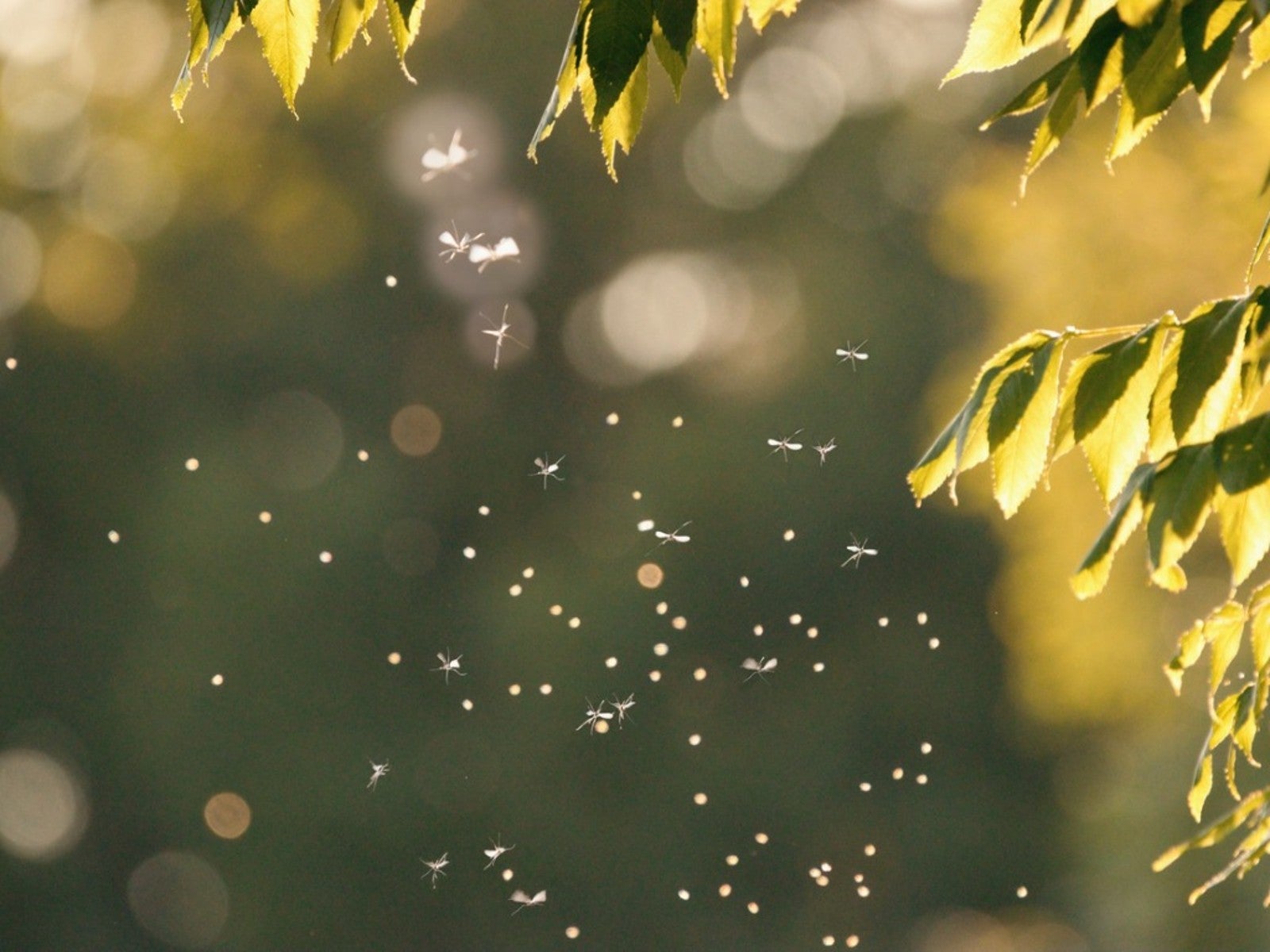 Honeysuckle Plants That Attract Mosquitoes
Honeysuckle Plants That Attract MosquitoesRecently, scientists have discovered a big problem: non-native honeysuckles might increase your yard’s mosquito population.
By Mary Ellen Ellis
-
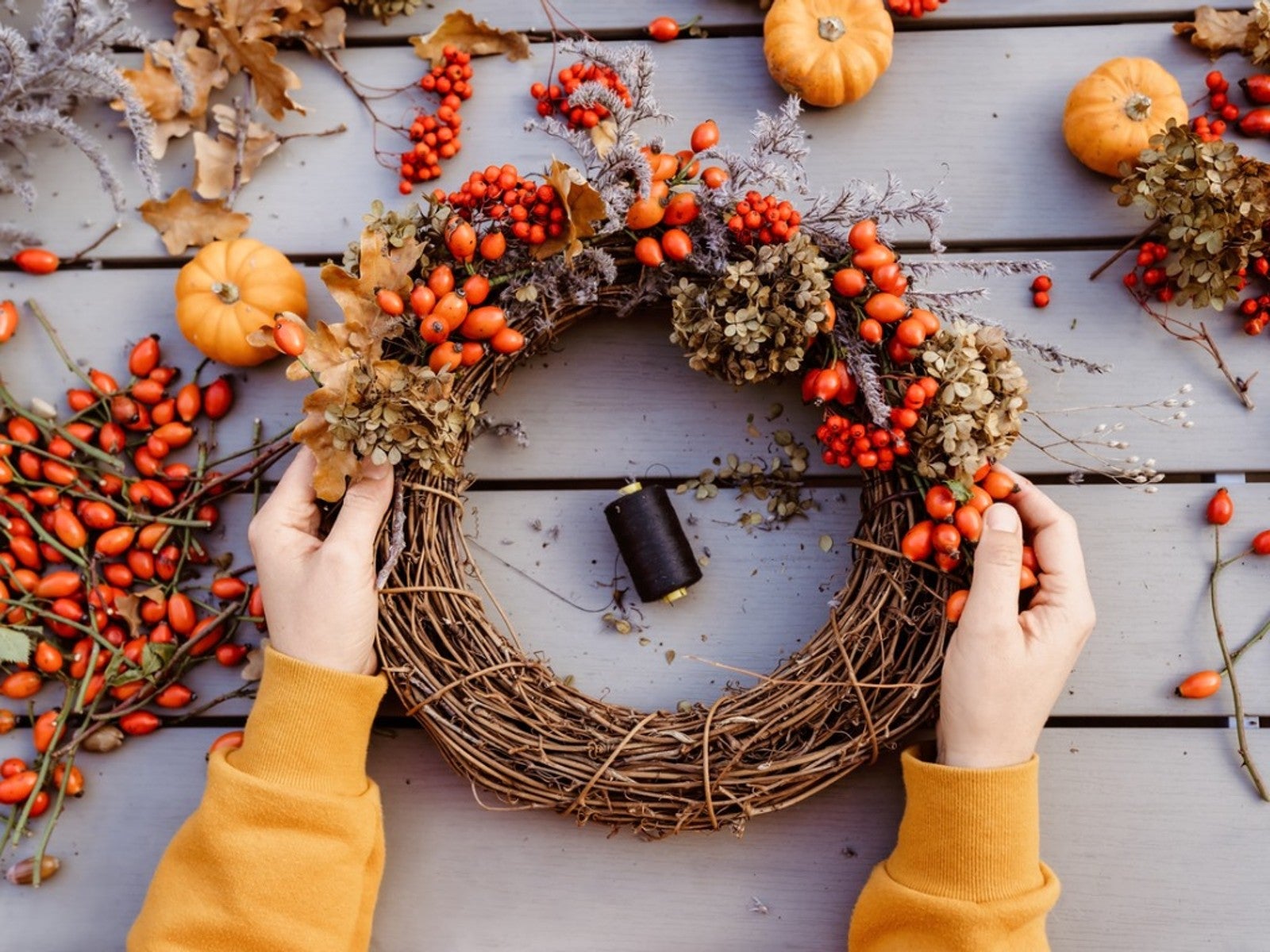 DIY Honeysuckle Wreath: How To Harvest And Use Honeysuckle
DIY Honeysuckle Wreath: How To Harvest And Use HoneysuckleWreaths lend a natural note to holiday decorations. Learn how to make a honeysuckle wreath for a keepsake you can use for years to come.
By Mary Ellen Ellis
-
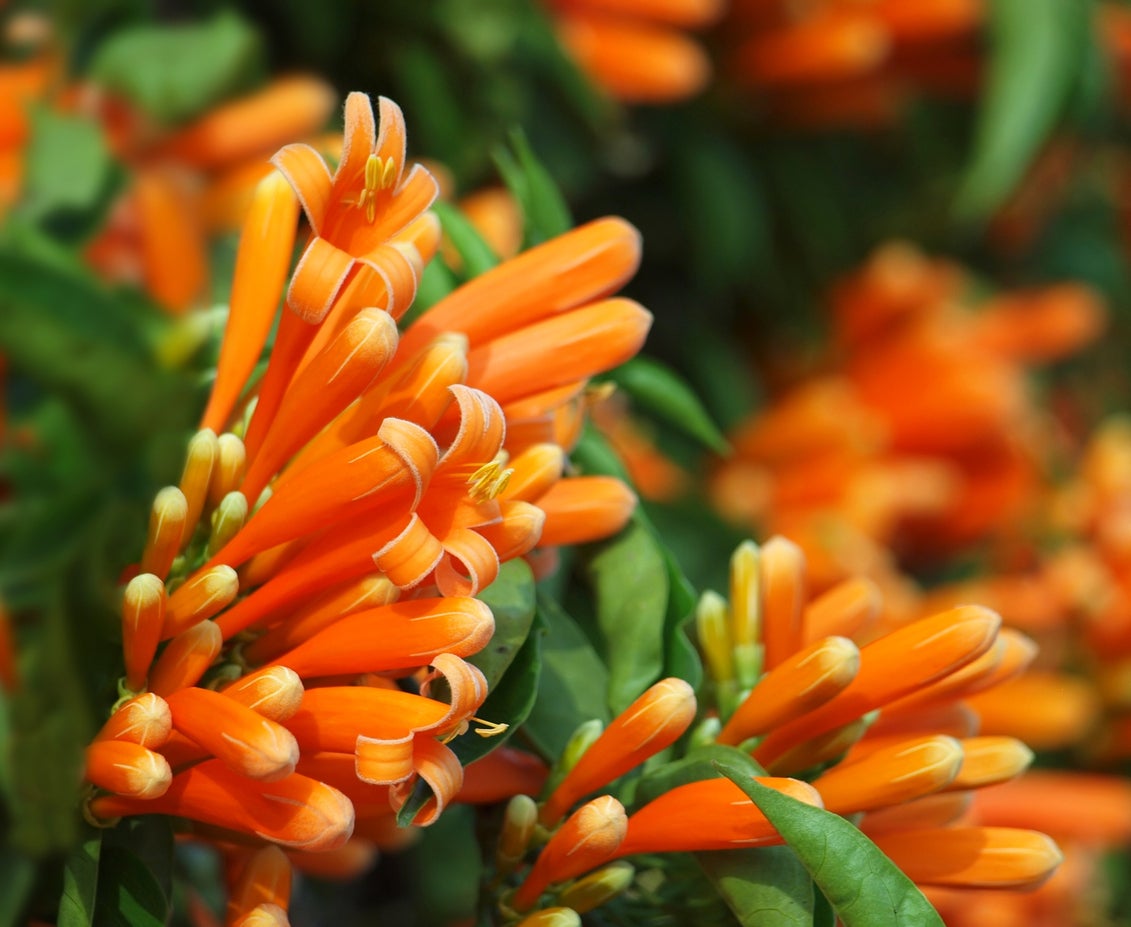 What Is Western Honeysuckle – How To Grow Orange Honeysuckle Vines
What Is Western Honeysuckle – How To Grow Orange Honeysuckle VinesWestern honeysuckle vines climb up some 33 feet (10 m.) and decorate the garden with sweet-smelling orange blossoms. Click this article for information about these vines including tips on how to grow orange honeysuckle in your home landscape.
By Teo Spengler
-
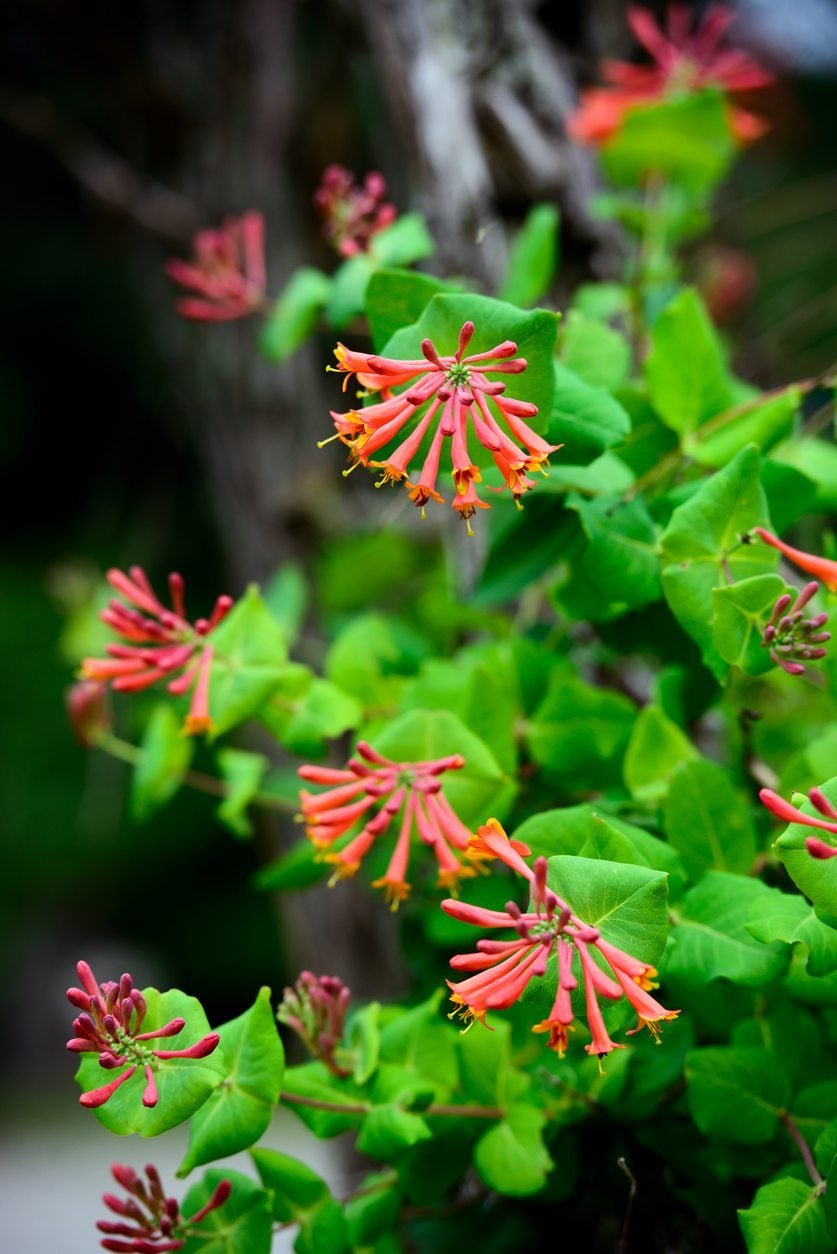 Coral Honeysuckle Info: How To Grow Coral Honeysuckle In The Garden
Coral Honeysuckle Info: How To Grow Coral Honeysuckle In The GardenCoral honeysuckle is a beautiful, fragrant, flowering vine native to the southern United States. It provides a great cover for trellises and fences that is the perfect alternative to its invasive, foreign cousins. Learn more coral honeysuckle info in this article.
By Liz Baessler
-
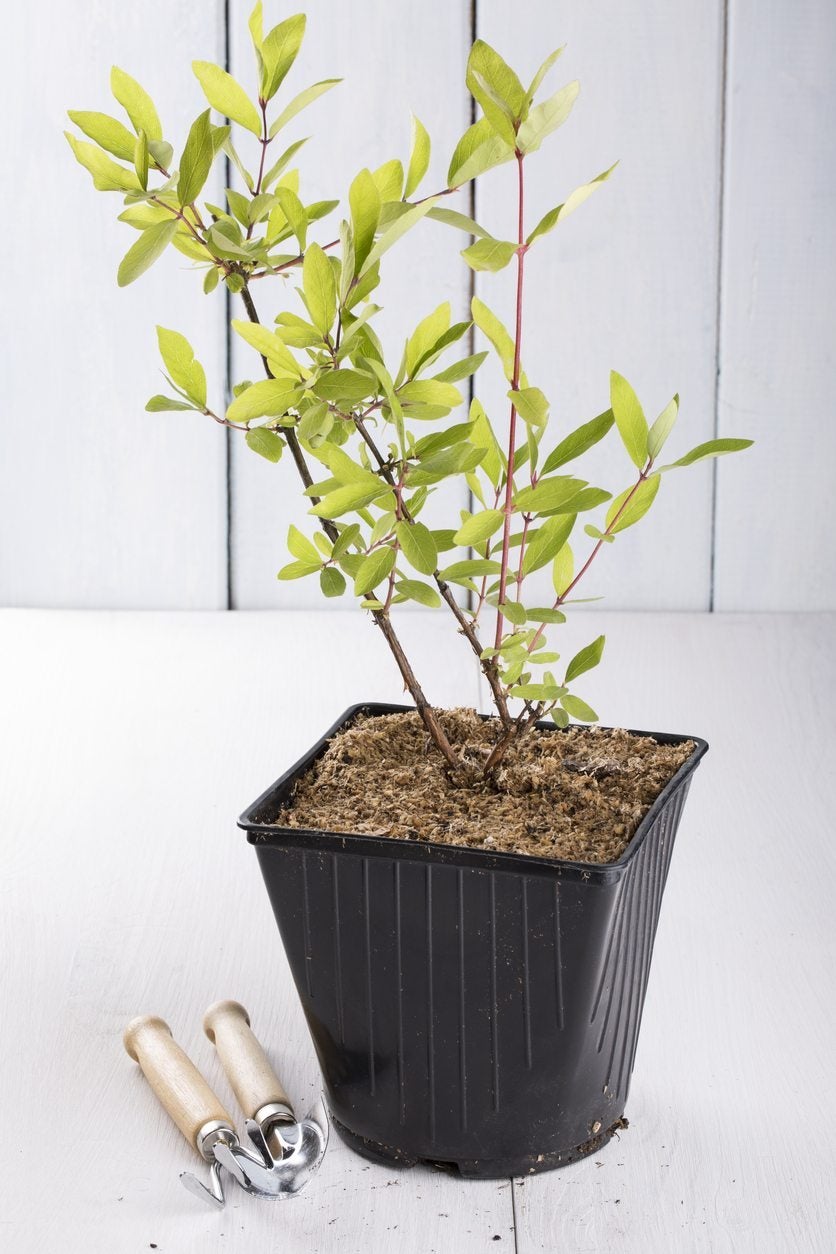 Honeysuckle Seeds And Cuttings: Tips For Propagating Honeysuckle Plants
Honeysuckle Seeds And Cuttings: Tips For Propagating Honeysuckle PlantsThe non-invasive honeysuckle is a desirable garden plant for pretty flowers. Propagating honeysuckle can be done in several ways. To expand the reach of this pretty, shade-creating vine in your garden, follow the tips and guidelines found in this article.
By Mary Ellen Ellis
-
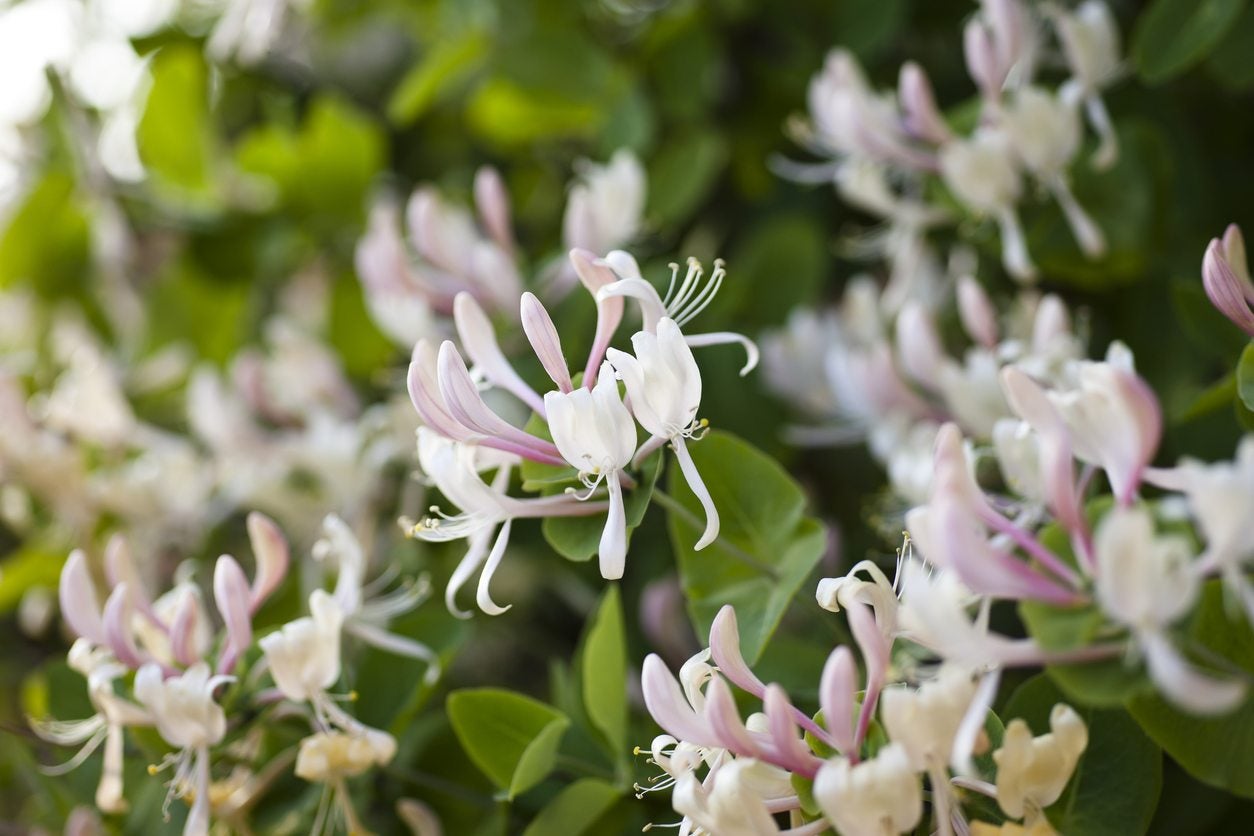 Transplanting Honeysuckles: How To Transplant A Honeysuckle Vine Or Shrub
Transplanting Honeysuckles: How To Transplant A Honeysuckle Vine Or ShrubEven the most attractive plants must be moved around in the garden sometimes. Whether you have a vine or a shrub, transplanting honeysuckles isn't too hard, as long as you know what you are doing. The information in this article will help get you started.
By Teo Spengler
-
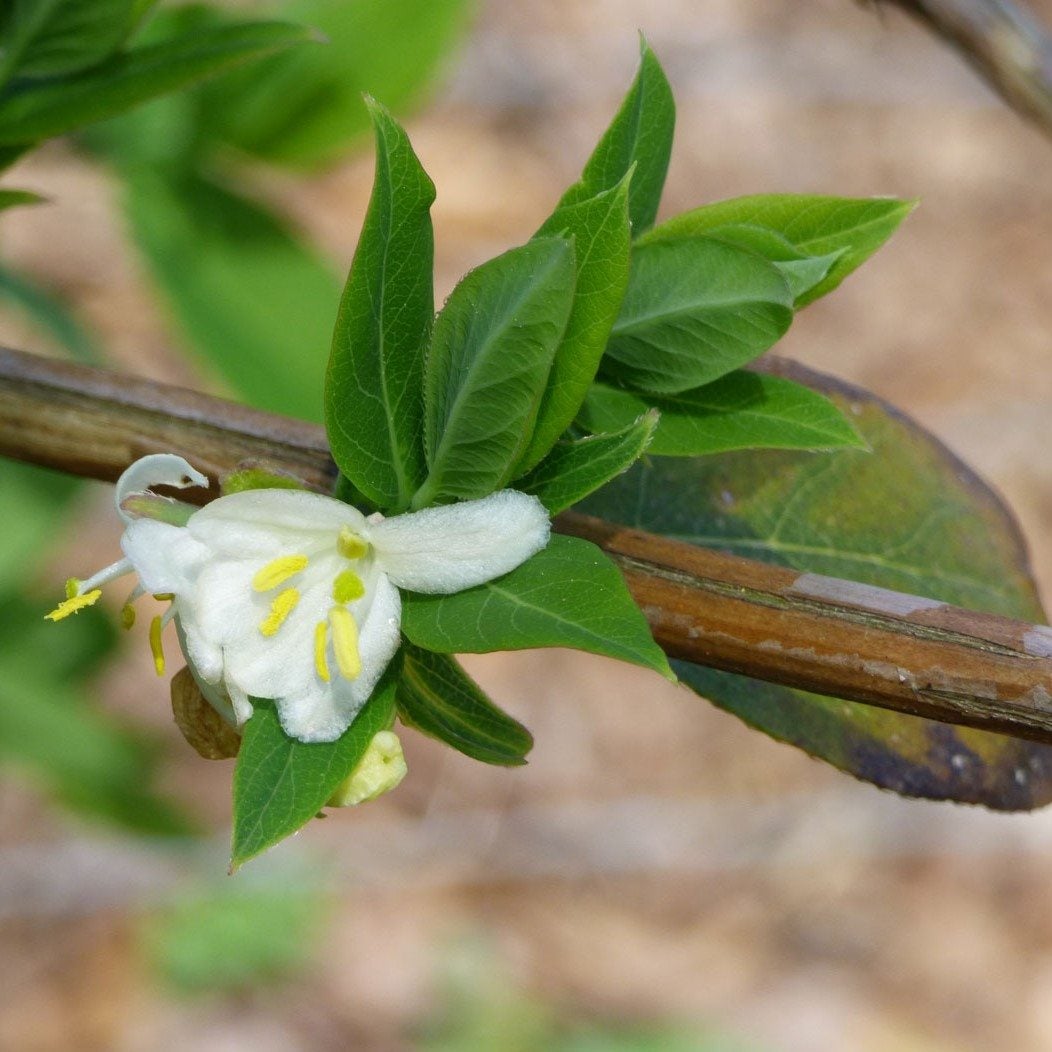 Care Of Winter Honeysuckle: Tips On Growing Winter Honeysuckle Shrubs
Care Of Winter Honeysuckle: Tips On Growing Winter Honeysuckle ShrubsThe winter honeysuckle bush has delightfully fragrant flowers popular with gardeners and landscapers. You can even find unattended stands thriving at crumbling old homesteads and graveyards. Learn more about winter flowering honeysuckle plants in this article.
By Jackie Carroll
-
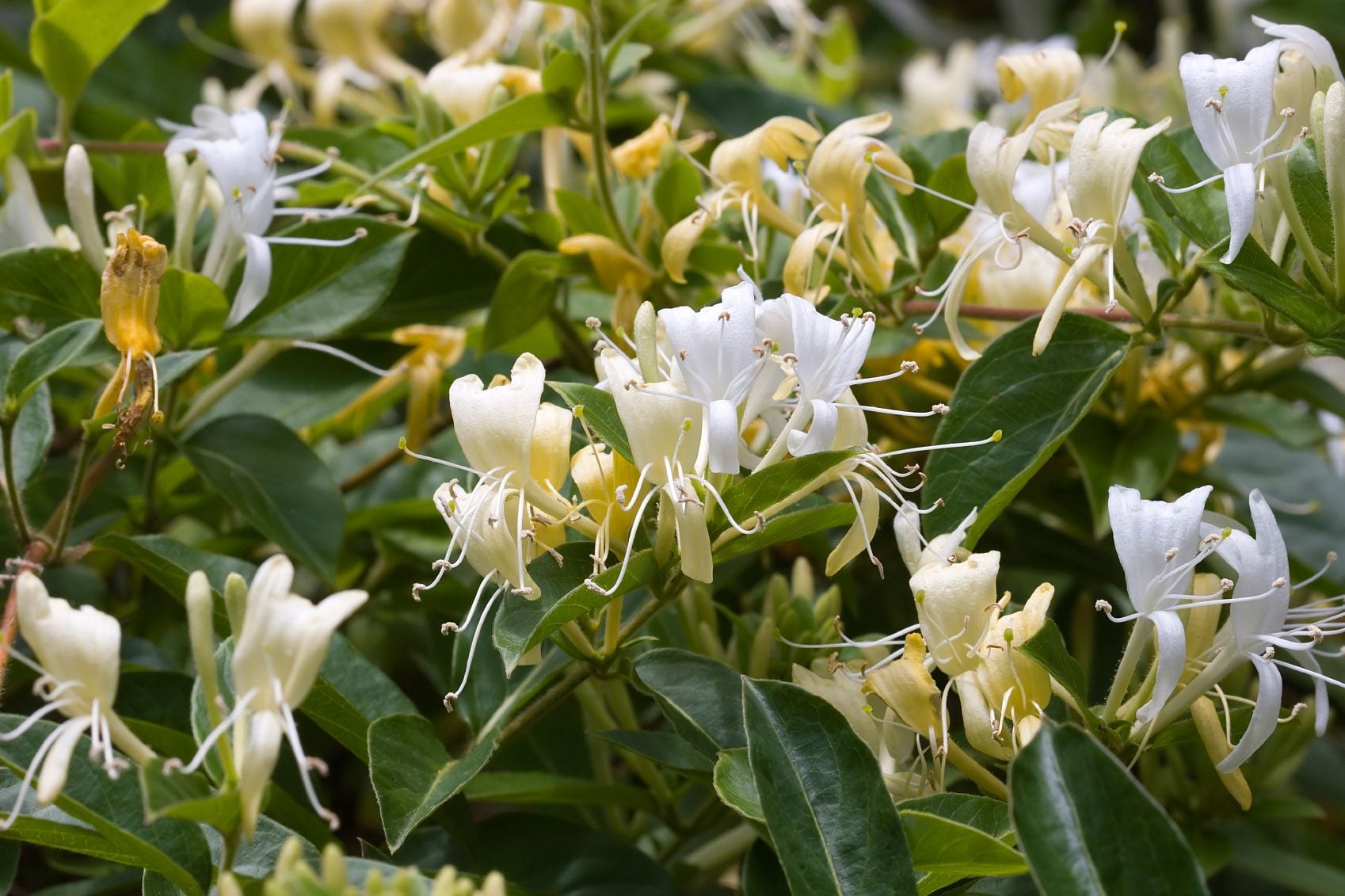 Japanese Honeysuckle Weed: How To Control Honeysuckle In Gardens
Japanese Honeysuckle Weed: How To Control Honeysuckle In GardensJapanese honeysuckles are invasive weeds that can take over your garden and damage the environment. Learn how to distinguish native honeysuckle from the exotic species and techniques for honeysuckle weed control in this article.
By Jackie Carroll